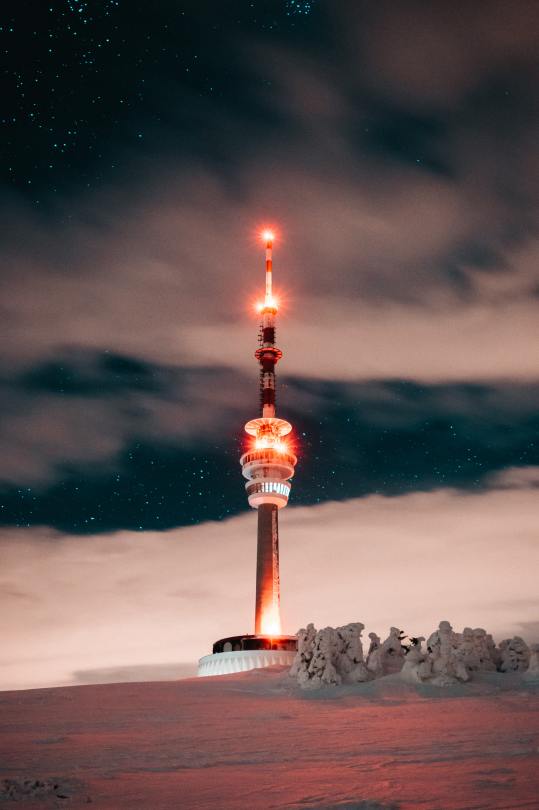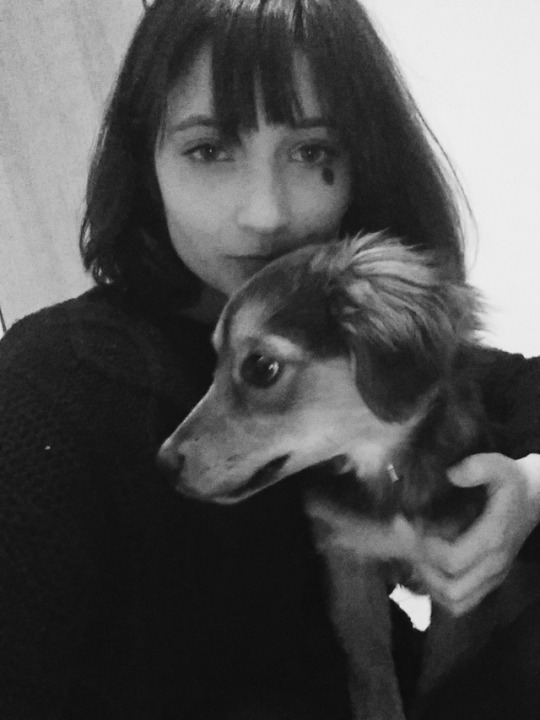#Morávka
Photo
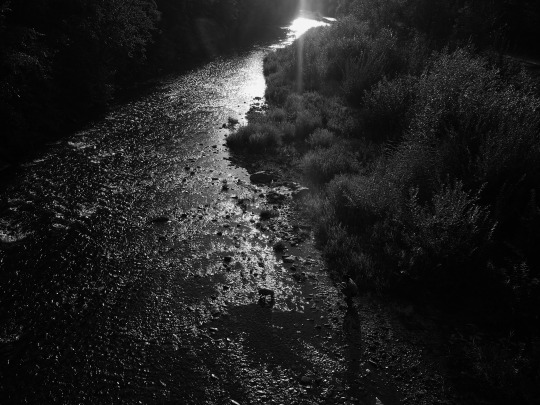
Morávka, July 2022
7 notes
·
View notes
Link
Every day meteoroids blast through our planet’s atmosphere to hit the ground as meteorites. A team of researchers in Italy traced twelve of them to progenitor asteroids that orbit in near-Earth space. Scientists treasure meteorites because they reveal information about their parent bodies. In an arXiv paper, two Italian researchers—Albino Carbognani and Marco Fenucci—analyze the characteristics of the parent bodies of 20 selected meteorites. They were able to track all but eight back to their parent asteroids. Based on their work, the pair says at least a quarter of meteorites come from collisions that happened in near-Earth space and not in the Main Belt. Meteorites from Near-Earth Asteroids: How They Got Here Many meteorites are chondritic, similar to asteroids in the Main Belt (or came from it). In their paper, the authors point out that progenitor meteoroids (including many that fall to Earth and become meteorites) formed millions of years ago following collisions between main-belt asteroids that created asteroid families. This image depicts the two areas where most of the asteroids in the Solar System are found: the asteroid belt between Mars and Jupiter, and the trojans, two groups of asteroids moving ahead of and following Jupiter in its orbit around the Sun. Some meteorites are known to come from this region. Asteroids in the Main Belt experience collisions, which also generate shards of debris. For example, the Flora family is a known source of L-type chondrites—which comprise nearly 40 percent of all meteorites that come to Earth. The authors note that about two-thirds of NEAs have spectra similar to some L- and LL-type chondritic asteroids. That means they likely did migrate from the Main Belt. Non-Main Belt Asteroids and Meteorites What about the other one-third? For them, we have to look at the history of their progenitors. Orbital resonances with Jupiter sent some parent asteroids inward toward the Sun. They ended up in near-Earth-type orbits. When they got here, some were in collisions. Or, they experienced heat-driven fragmentation. Others, particularly the orbiting “rubble pile” asteroids, could have come apart due to changes in their rotation forced by heating. If a parent body sublimates ices or other volatiles, that can also change its orbit and rotation. Those changes cause it to lose pieces of itself to space. Those tiny bits of space rock form a population of smaller objects floating—meteoroids—in the same orbit as the parent. Eventually, some make their way to Earth. Clearly, from their trajectories, they didn’t come all the way from the Main Belt, but from near-Earth space. What They Found The idea that some meteorites might not originate in asteroid collisions in the Main Belt is relatively new. The authors argue that some of those collisions happened between bodies in near-Earth orbits. They asked a simple question. “Are there NEAs that could be the progenitors—or brothers—of some of the meteorites known today?” Meteorites Príbram and Morávka, on display in Prague. Courtesy Packa, CC BY-SA 3.0. To answer it, they looked at the possible orbital connections between known meteorites and NEAs. They looked for the most probable meteorite “parents” or “brothers” among NEAs whose orbits are known. They examined 38 meteorites traced by their fireballs back to orbits of NEAs. Out of those, they found 20 possible matches. They next studied the orbital evolution of the meteorite-NEA pairs. They found interesting correlations in the Príbram meteorite. It was the first to be tracked by multiple cameras during its descent. The team also studied the Neuschwanstein meteorite, also tracked by an all-sky network. Both appear to have come from a near-Earth asteroid called (484228) 2012 SW20. It appears to be an orbiting rubble pile and both meteorites probably separated from the parent about 20,000-30,000 years ago. The Neuschwanstein meteorite, thought to come from a Near-Earth asteroid (484228) 2012 SW20. Courtesy Florian Schweidler. Another candidate the team analyzed is Motopi Pan, which could have come from one of three similar NEA parent bodies: 454100, 2017 MC3, 2009 FZ4, and NEA 424100. Based on the analyses of orbits and chemical fingerprints of these and a handful of other meteorites, the authors concluded that perhaps 25 percent of known meteorites came from near-Earth asteroids that didn’t necessarily come from the main Belt. What’s Next with Meteorite Parents? If this prediction about meteorite parent bodies holds true, the next steps are to physically characterize the small asteroids in near-Earth space likely to be associated with meteorites. Since these are very small bodies, they require much larger telescopes to observe. In addition, the authors suggest that the process of finding NEA-meteorite pairs could also indicate the existence of possible meteoroid showers with radiants close to their parent bodies. They are currently working on further research into this connection between such showers and their parent bodies. Near-Earth asteroids number in the thousands. Most don’t come that close to our planet. However, some do pose a threat if they venture too near in their orbits. Several centers track these objects, and there are all-sky surveys using large telescopes to find the smaller ones. Understanding meteoroids, meteorites, and their parent bodies is all part of probing the origin and evolution of these objects. They trace back to the earliest epochs of solar system history. Their chemical abundances, orbits, and even their magnetic imprints, contain clues to conditions when the planets and other bodies were still forming. Meteorites, as small as they are, contain most of those clues and contribute greatly to our understanding of those early conditions. For More Information Identifying Parent Bodies of Meteorites Among Near-Earth Asteroids (PDF)Asteroid Watch The post Researchers Match Up 12 Meteorites with the Near-Earth Asteroids They Came From appeared first on Universe Today.
0 notes
Photo
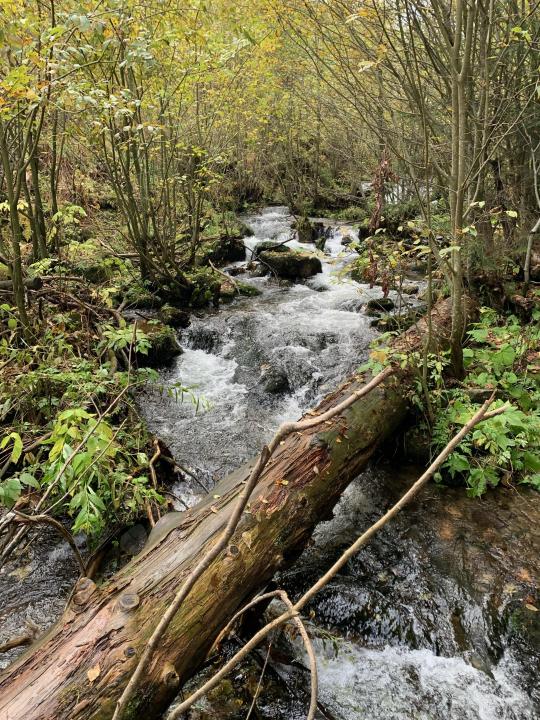
Malá Morávka (CZ) [OC] [3024 × 4032] via /r/EarthPorn https://ift.tt/3mhpQkw
0 notes
Photo

Podnět 188867 - Překážka na silnici, u silnice - Morávka, Frýdek-Místek #Překážkanasilnici,usilnice #Morávka,Frýdek-Místek #ZmapujTo #MobilniRozhlas https://bit.ly/3iulyUy
0 notes
Photo

Ujíždíme na @mix.it 🛺. . . . #athlete#food#girl#boy#runing#mixit (v místě Morávka) https://www.instagram.com/p/CG0LETBHV9q/?igshid=14k6hiwftqhqw
0 notes
Photo

Придумай название к фото😏 Опиши, что ты чувствуешь?!👁👁 Подписывайся на 🗻 @infigo.natura ⛰ 🔥💧 Наш вариант: Горная река… Легка… Быстр, нескончаем путь… Снежное облако волн Назад никогда не вернуть…🌊 (at Morávka) https://www.instagram.com/p/BwCnfwunWZU/?utm_source=ig_tumblr_share&igshid=vocz233to8ch
0 notes
Photo
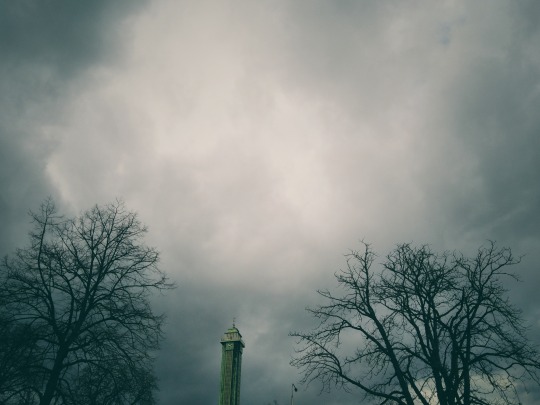

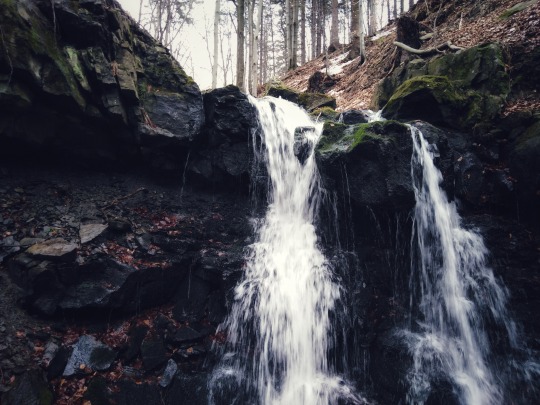




Nature around my home. And one photo from the city.
12.2.2020
9 notes
·
View notes
Photo

[#flashback] Enjoying the beauty of the #moraviansilesianregion from behind different types of bars can be equally rewarding #moravskoslezskykraj #moravskoslezskýkraj #moravskoslezskebeskydy #Beskydy #roadcycling #enduromtb #mountainbiking #specializedendurocomp #gtrcarbonpro #bikemindset (at Morávka)
#moravskoslezskykraj#moraviansilesianregion#beskydy#enduromtb#bikemindset#specializedendurocomp#roadcycling#flashback#moravskoslezskýkraj#gtrcarbonpro#moravskoslezskebeskydy#mountainbiking
0 notes
Video
Cvičit můžeš všude, všechno ostatní jsou jen výmluvy💪. . . . . . #crowd #toptags #score #sports #fitness #gym #train #health #sportsbrav #winner #trainers #best #somuchfun #training #loveit #traintracks #justdoit #active #excercise #instasport #sportscar #sporty #workout #healthy #healthyliving #healthyeating #healthyfood #healthylifestyle #fitnessmodel #jsematlet (v místě Morávka) https://www.instagram.com/p/B-h2ZywHrlL/?igshid=vgbzxs1ph4vt
#crowd#toptags#score#sports#fitness#gym#train#health#sportsbrav#winner#trainers#best#somuchfun#training#loveit#traintracks#justdoit#active#excercise#instasport#sportscar#sporty#workout#healthy#healthyliving#healthyeating#healthyfood#healthylifestyle#fitnessmodel#jsematlet
0 notes

